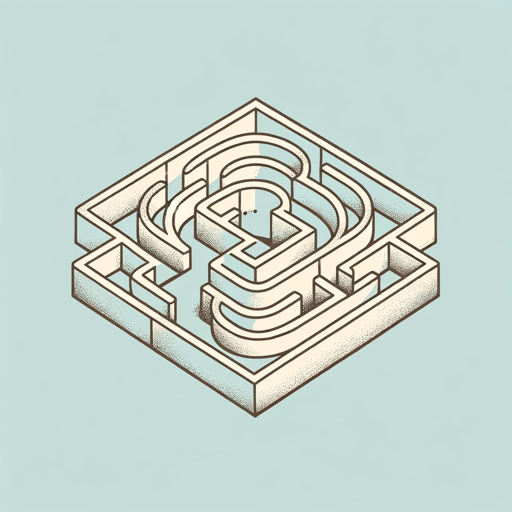46 pages • 1 hour read
B. F. SkinnerBeyond Freedom and Dignity
Nonfiction | Book | Adult | Published in 1971A modern alternative to SparkNotes and CliffsNotes, SuperSummary offers high-quality Study Guides with detailed chapter summaries and analysis of major themes, characters, and more.
Chapters 8-9Chapter Summaries & Analyses
Chapter 8 Summary: “The Design of a Culture”
Individual actions influence cultural changes. A technology of behavior could enhance this process by defining cultural issues and proposing effective solutions. Rising anxiety and depression in the US are cited as proof that behavioral science and intentional cultural design are critical. Behavioral contingencies are difficult to observe, partly because humans struggle to identify slow, long-term changes. This ability could be improved with a technology of behavior. Once behavior is better understood, the knowledge can be used to implement cultural changes.
Multiple institutions, like educational systems, already utilize behavioral technology and rely on the assumption that behaviors change when the functional conditions of behavior are changed. The process is morally neutral, and it may result in the loss of some personal reinforcers. Cultural design involves personal, group, and cultural values. It is difficult to predict the future of a culture, but some problems, like the consequences of pollution, are foreseeable. A functional culture will protect its members, promote their survival, provide stability, and last through generations.
Designing a culture is like designing an experiment. Examples of cultural design are found in utopian literature—a science-fiction subgenre featuring idyllic settings. Community, pro-sociality, and isolation from the past and the rest of the world are common features of utopias.


